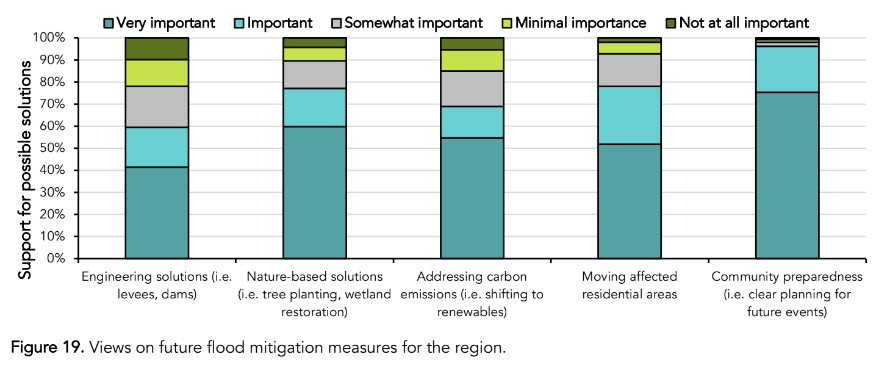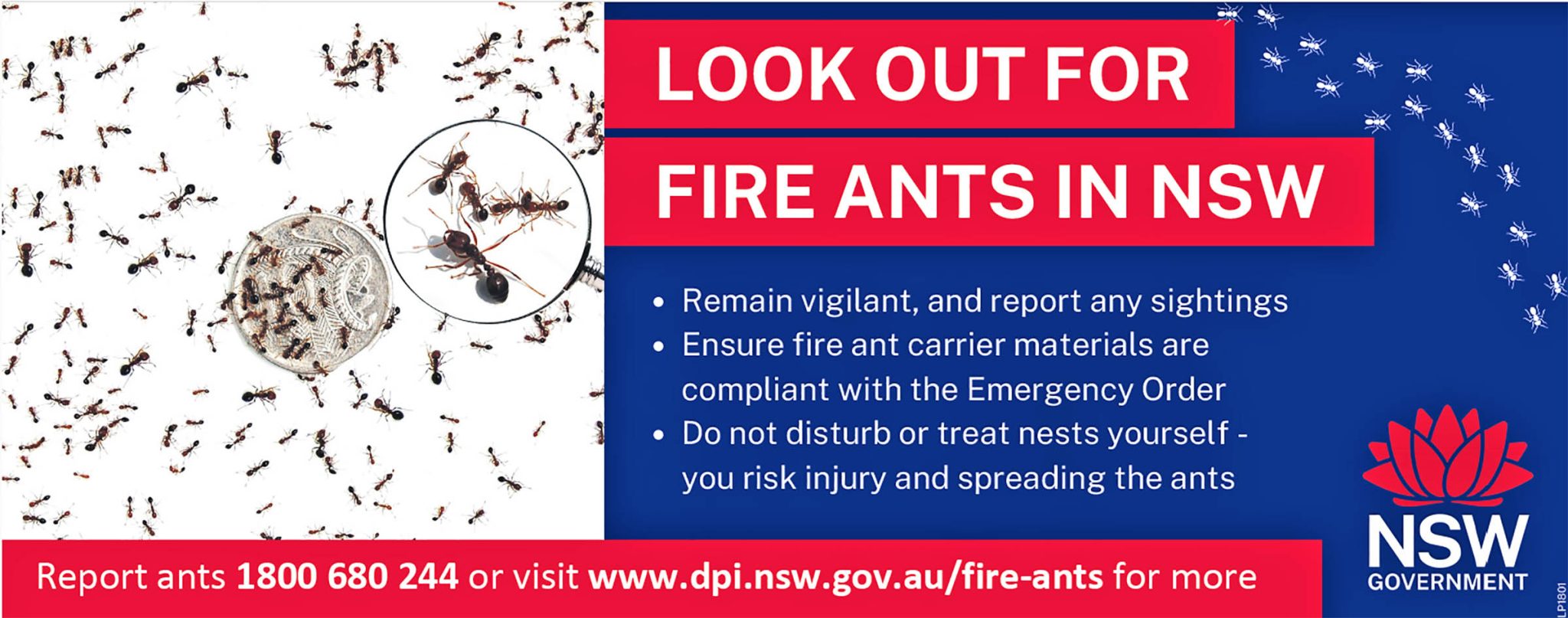ABOVE: Tinnie rescues in Woodburn. Photo: Contributed
Susanna Freymark
It was a survey by the people and for the people.
Jacob Birch and Evans Head resident and Southern Cross University lecturer Hanabeth Luke have released the interim report – Northern Rivers Flood Recovery Study: Adapting in action: Building community resilience in the face of natural disasters.
The survey was done in partnership with Resilient Lismore, Wardell CORE and the Woodburn Recovery Centre eight months after last year’s February 28 flood event.
There were 790 participants from 93 localities across the Northern Rivers, from Bonalbo to Grafton to Tweed and 248 of them were evacuated or rescued during the flood.
Only 37% of those displaced by the floods used an evacuation centre.

Asked about the most important investment to support response and recovery for future floods, common answers were: better support for local response; better preparedness; better mobile connectivity; early warning systems; and improved resourcing for emergency services.
One comment in the survey was: “We shouldn’t have to fund search and rescue services by donation.”
Participants encouraged decentralisation of agencies such as SES; greater community autonomy to manage the disaster on the ground; and a Federal government insurance scheme.

Renters commonly commented that they felt left out of recovery considerations. Many worried that temporary housing solutions could become permanent.
Several comments related to improved water flow management with many warnings against further development on the floodplain from Lismore to Yamba.
One hope was “that we can find solutions that minimise waste and maximise housing for the region. Destroying homes which are safe 99% of the time and made of irreplaceable timber would be a sad end to the story”.
Of the 496 people who sought support in their recovery efforts, three quarters (74.19%) had experienced barriers to accessing and receiving that support.
The biggest barrier for people has been the number of forms to fill in, averaging 6–8 forms per person.
Read the survey interim report below.



